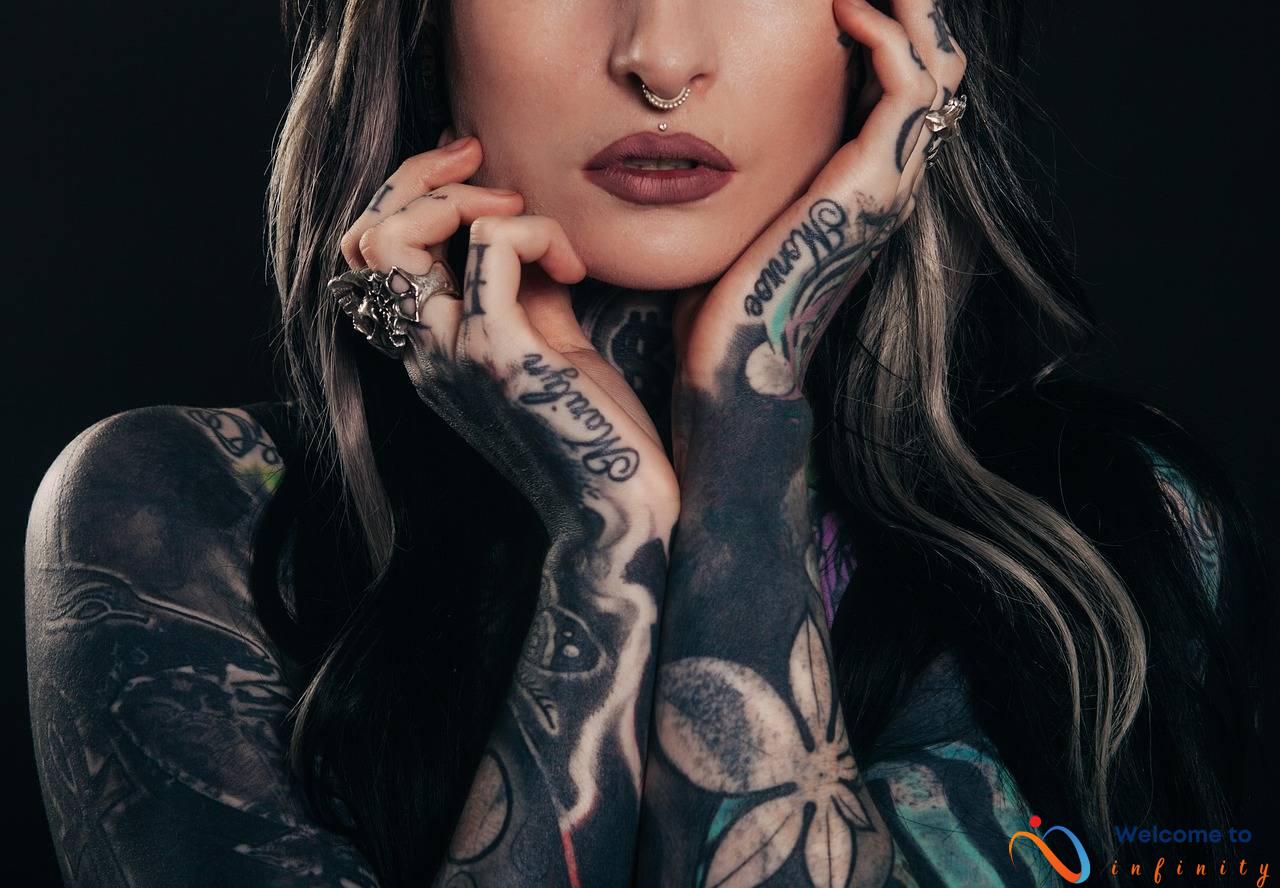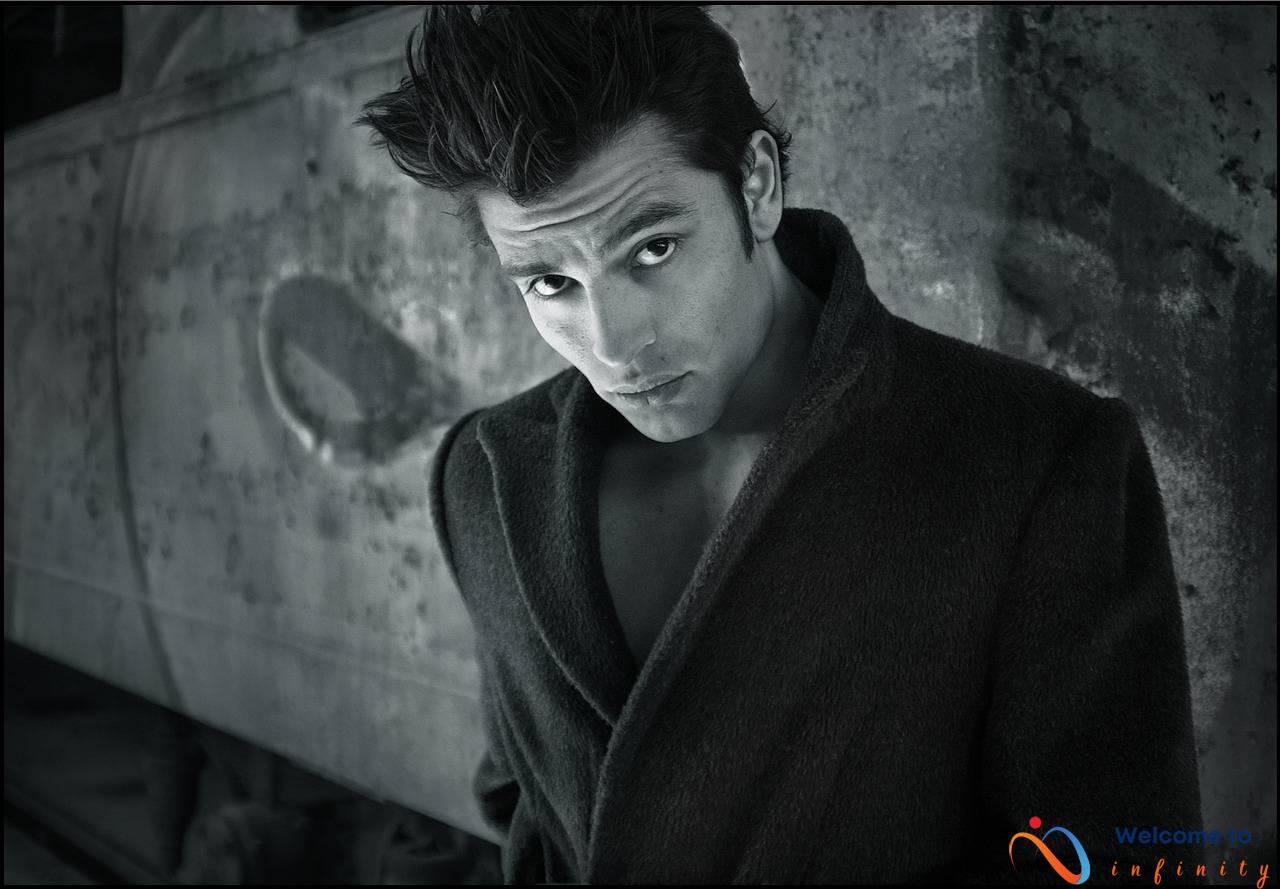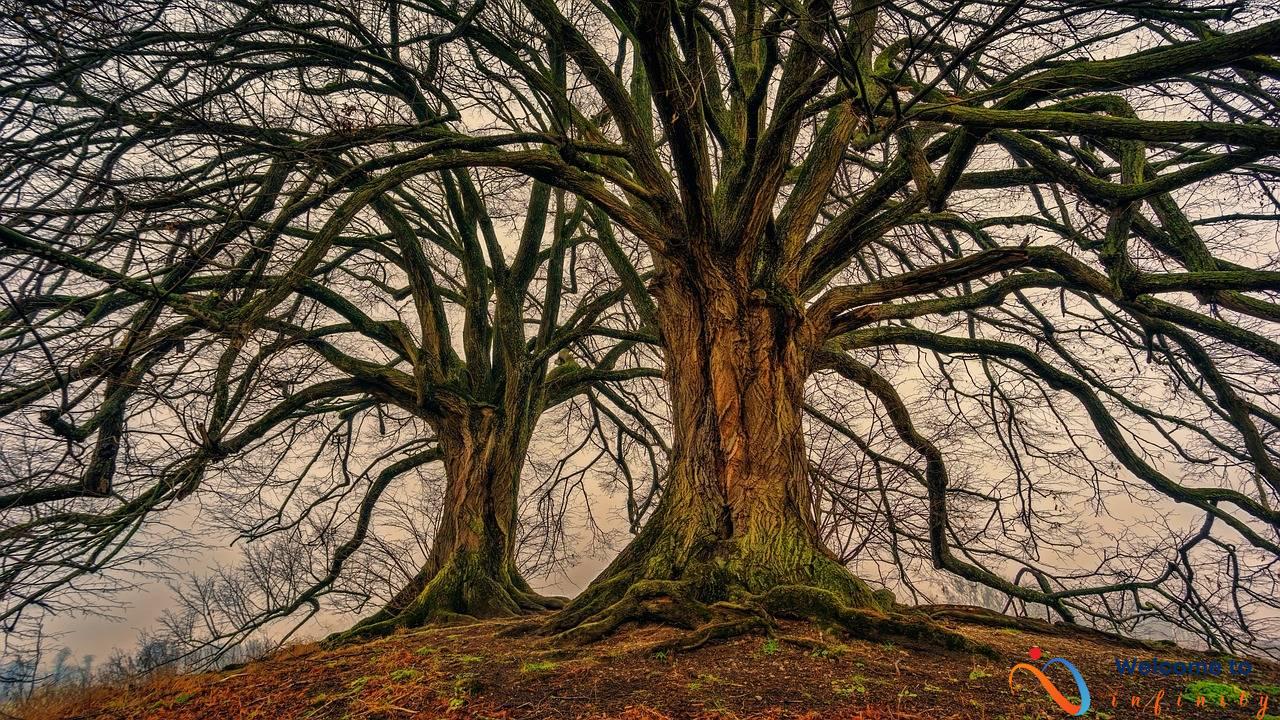If you're looking to elevate your makeup routine to the next level, blush can be a game-changer. Not only can blush add a pop of color to your complexion, but it can also be used as a contouring tool to enhance the natural bone structure of your face.
The key to achieving a flawless, sculpted look is selecting the right shade of blush and applying it in a way that's tailored to your unique face shape. To get started, the first step is to identify your face shape. Are you round, oval, square, heart, or diamond-shaped?
Once you've identified your face shape, the next step is to choose the right shade of blush. It's important to select a color that complements your skin tone and matches the natural flush of your cheeks. Fair skin tones tend to look best with light peach or pink shades, while warm pink or coral shades are ideal for those with medium skin tones. For those with darker skin tones, deep berry or burgundy hues will complement your complexion.
Now that you've selected your ideal shade, it's time to figure out the best technique for your face shape. For round faces, apply blush to the apples of your cheeks and blend towards your temples to create depth and dimension. If you have an oval face, apply blush to the highest point of your cheekbones and blend towards your temples. Square faces should apply blush to the apples of their cheeks and blend upwards towards their temples to soften their strong jawline. Heart-shaped faces will benefit from blush applied to the apples of their cheeks and blended towards their hairline to balance a pointed chin. Finally, diamond-shaped faces should apply blush on their cheeks below the eyes and blend outwards towards their temples to soften angular features.
By following these simple steps, you'll be able to achieve a flawless, sculpted look every time you apply blush. remember, the key is to select the right shade and apply it in a way that flatters your unique face shape.
Identify Your Face Shape
If you want to apply blush perfectly, the first thing you should do is identify your face shape. Knowing your face shape will help you figure out the best way to apply your blush to flatter your natural bone structure. There are five main face shapes, and they are round, oval, square, heart, and diamond.
In order to determine your face shape, pull your hair back securely, and look directly into your mirror. Pay close attention to the area around your hairline, cheekbones, and jawline. For example, if the distance between your forehead and chin is equal, you have a round face shape. If your forehead is wider than your chin and your cheekbones are high, you have an oval face shape. If your jawline, cheekbones, and forehead are about the same width, you have a square face shape. If you have a narrow forehead and a wider chin, you have a heart-shaped face. And finally, if your face shape is diamond, you have a narrow hairline and chin with wide cheekbones.
Once you have identified your face shape, you can apply blush in a way that flatters your unique bone structure. understanding your face shape is the first step to achieving a flawless makeup look.
Choose the Right Shade
Choosing the right shade of blush is crucial in achieving a natural, flattering look. It is essential to select a color that complements your skin tone and matches the natural flush of your cheeks. With a plethora of hues available, it can be overwhelming to choose the right one. However, by following some simple tips, you can find the perfect blush shade for your complexion.
For fair skin, light peach or pink shades work well. If you have a medium skin tone, opt for warm pink or coral hues. Deep berry or burgundy shades will look great on those with a darker skin tone. It is best to avoid blushes that are too bright or bold, as they can appear unnatural and detract from your natural features.
When choosing a blush, it is also important to consider your undertone. If your skin has cool undertones, select a blush with a blue base. For warm undertones, choose a blush with a yellow base. Neutral undertones can wear either cool or warm blush shades.
To make the selection easier, you can also test the shades on the back of your hand or your jawline to see how they appear against your skin. Additionally, you can visit a makeup store and ask for assistance from a makeup artist. They can recommend shades that will flatter your complexion and help you achieve the desired look.
For Fair Skin
If you have fair skin, you need to be careful when choosing a blush color to avoid looking too overdone or clownish. The trick is to pick a shade that's closest to your natural flush, which typically can be a soft pink or peach. This will give you a fresh, natural look that enhances your skin tone and does not overpower it.
Light peach or pink shades work well for those with fair skin. You can go for blush colors like pastel pink, baby pink, coral pink, and warm peach. Aim for sheer, buildable formulas that allow you to control the intensity of your blush without overwhelming your delicate skin tone. You may also try applying a highlighter above the apple of your cheekbone to enhance your sun-kissed glow.
If you're not sure which shade to choose, you can test a few on the back of your hand. The shade that disappears the most into your skin is the one that will most likely look natural on you. If you have rosacea or pale pink/red patches on your face, you may want to choose a more muted, beige-toned blush, or a tinted moisturizer/primer.
Remember, when using any color on fair skin, it's always best to start light and build up the intensity gradually. Use a soft, fluffy blush brush to apply the product to the apples of your cheeks and blend softly towards your temples. Make sure to tap off any excess from your brush to avoid going overboard with the color. With the right shade and application technique, you'll have the perfect pop of color on your cheeks that flatters your fair face shape.
For Medium Skin
When it comes to choosing the right blush shade for medium skin tones, it's important to consider your undertones. If you have warm, golden undertones, then warm pink shades will enhance your natural glow. Coral shades are also a great option, as they provide a subtle pop of color while complementing your skin tone.
For a natural everyday look, opt for a light peachy blush. Dust it lightly on the apples of your cheeks and blend it outwards towards your temples using a fluffy brush. If you want to add a bit more dimension to your face, you can also contour your cheekbones using bronzer.
When it comes to choosing between a powder, cream, or liquid blush formula, consider your skin type and personal preference. If you have oily skin, a powder blush will be more long-lasting and will help control shine. For dry skin, a cream or liquid formula will provide hydration and a dewy finish.
- Warm pink shades
- Coral shades
- Light peach shades
Regardless of which shade and formula you choose, always remember to blend well for a natural, seamless look.
For Dark Skin
If you have a darker skin tone, it's best to choose blush colors that are deep and rich to complement your complexion. Shades like deep berry or burgundy bring a beautiful pop of color to the cheeks and enhance the natural glow of your skin. When selecting a blush for dark skin, avoid colors that are too bright or have a white or gray undertone, as they can look ashy on dark skin tones.
To achieve a natural-looking flush, start by applying blush to the apples of your cheeks and blend upwards towards your temples. Be sure to use a brush that is fluffy and not too dense, as this will help the color appear seamless and well-blended. Another technique is to layer your blush by starting with a lighter shade and then building up to a deeper hue.
It's also important to consider the rest of your makeup when selecting a blush color. If you are wearing bold lip color, you may want to go for a more subdued blush shade to balance out your look. On the other hand, if you're going for a dramatic eye look, a deep berry or burgundy blush will complement it perfectly.
Remember, the key to applying blush on darker skin tones is to enhance your natural beauty and bring out your best features. So, don't be afraid to experiment with different shades and application techniques to find the perfect look for you.
Application Techniques
When it comes to applying blush, the focus shouldn't just be on the color, but also on the technique used to apply it. By using different techniques, you can enhance or soften certain features of your face. Here are some application techniques to flatter different face shapes:
For round faces – Apply blush to the apples of your cheeks and blend towards your temples to create depth and dimension. This will help to elongate your face and make it appear less round.
For oval faces – Apply blush to the highest point of your cheekbones and blend towards your temples. This will help to accentuate your cheekbones and give your face a lifted look.
For square faces – Apply blush to the apples of your cheeks and blend upwards towards your temples. This will soften your strong jawline and give your face a more rounded appearance.
For heart-shaped faces – Apply blush to the apples of your cheeks and blend towards your hairline to balance a pointed chin. This technique will soften your chin and give your face a more symmetrical look.
For diamond-shaped faces – Apply blush on the cheeks below the eyes and blend outwards towards your temples to soften angular features. This will help to balance out your features and give your face a softer look.
Remember to always blend your blush well for a natural look. You can also use a highlighting powder to apply on the highest points of your cheeks for an added glow. By using these application techniques, you can enhance your natural bone structure and flatter your face shape.
For Round Faces
If you have a round face, you can use blush to create additional dimension to your cheeks. To start, apply blush to the apples of your cheeks using a blush brush. Then, sweep the color towards your temples and blend it well into your skin to avoid harsh lines. This technique creates an illusion of depth on your cheeks and slims down the roundness of your face. Never apply blush in a circular motion as it can make your cheeks look even rounder. Instead, use upward strokes to create a lifting effect. Remember to choose a blush shade that suits your skin tone and complements your other makeup products. For a natural and subtle look, use a light hand when applying blush to avoid a clown-like appearance. With these tips, you can apply blush to flatter your round face shape and enhance your natural beauty.
For Oval Faces
For those with oval-shaped faces, the key is to enhance the natural beauty of their cheekbones. Start by applying blush to the highest point of your cheekbone, right below the outer corner of your eye. From there, blend the blush upwards towards your temples. This technique will bring attention to the center of your face and create a lifted effect.
If you want to achieve a natural look, use a lighter hand and start with a sheer formula. You can always build up the intensity as needed. For a more dramatic look, opt for a highly pigmented formula and layer until you reach your desired level of color.
To further enhance your cheekbones, consider using a highlighter. Apply it to the tops of your cheekbones, blending downwards towards the apples of your cheeks. The combination of blush and highlighter will create a stunning, contoured effect that complements an oval face shape.
When choosing a blush shade, keep in mind your skin tone and the occasion. For a day-to-day look, a natural warm pink or peach color will do the trick. For a special evening out, a deeper shade of pink or rose can add a touch of drama.
Overall, oval faces have a lot of versatility when it comes to applying blush. It's all about finding the right balance and enhancing the natural beauty of your cheekbones.
For Square Faces
For those with a square face shape, applying blush in a specific way can help soften sharp angles and bring out the natural bone structure of the face. To achieve this, begin by applying blush to the apples of your cheeks, then blend upwards towards your temples. Blending upwards towards your temples helps to soften the strong jawline and create a more feminine look.
When choosing a blush color for square face shapes, it's important to consider your skin tone. If you have fair skin, opt for light pink or peach shades. Medium skin tones can benefit from warm pink or coral shades, while those with darker skin tones should go for deeper berry or burgundy hues. By selecting a color that complements your skin tone and natural flush, you'll create a more flattering, natural-looking finish.
To make the most of your blush, consider using a proper brush. An angled blush brush is ideal for applying blush to square face shapes, as it allows for precise application and blending. Be sure to tap off any excess blush before applying to avoid harsh, overly pigmented areas.
Finally, when blending, consider using a circular motion to blur any harsh lines. This helps create a more natural-looking blend that enhances your face shape, rather than detracting from it. And remember, a little goes a long way when it comes to blush – start with a small amount and build up gradually until you achieve your desired look. With these tips, applying blush to flatter square face shapes becomes a breeze.
For Heart-Shaped Faces
If you have a heart-shaped face, you can create a more balanced look by applying blush to the apples of your cheeks and blending towards your hairline. This technique helps to soften the pointed chin characteristic of this face shape. For a more precise application, use a smaller blush brush and start at the highest point of the cheekbone, blending towards the hairline. You can also use a contouring brush to apply a bronzer below your cheekbones to add definition and further balance your features. Additionally, avoid applying blush to the center of your forehead or nose, as it may draw attention to these areas and make your face appear wider.
When it comes to choosing the right shade for your heart-shaped face, opt for warmer hues like peach, coral or apricot. These colors work best as they complement the natural flush of your cheeks and bring a radiant glow to your complexion. As with any other face shape, choose a shade that matches your skin tone, whether you have fair, medium or dark skin. For a natural-looking finish, apply the blush in a circular motion and blend well with a clean brush.
Overall, applying blush to the apples of your cheeks and blending towards your hairline is a great technique to enhance the natural beauty of your heart-shaped face. Focus on adding warmth and definition to your cheeks, and avoid over-applying to avoid a clown-like effect. With the right tools and techniques, you can achieve a flawless and flattering makeup look that enhances your unique features.
For Diamond-Shaped Faces
If you have a diamond-shaped face, your cheekbones are the widest part of your face, and your chin and forehead are more narrow. To flatter your face shape, you want to soften your angular features and create a more balanced look. Applying blush to the cheeks below your eyes can help create the illusion of softer, rounder cheeks.
Begin by dipping your blush brush into your chosen shade, tapping off any excess, and smiling to locate the apples of your cheeks. Then, apply the blush below your cheekbones, starting from the center of your eye and blending outwards towards your temples.
Make sure to blend your blush well to avoid any harsh lines and soften your features. You can also experiment with layering a lighter shade of blush on top of the initial application to add more dimension and softness to your cheeks.
- Apply blush below cheeks bones
- Blend outwards towards temples
- Use a lighter shade to add dimension












